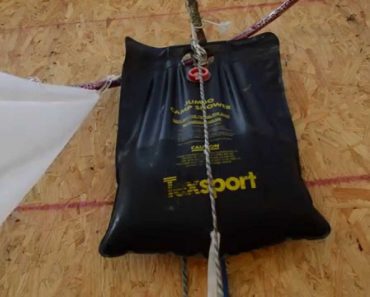
Simple Recipes Using Food Storage gives you a doable plan to help you prepare. For many of us, storing the food is much simpler than finding recipes that use them.
My family uses the LDS principles of bulk food storage, and if you don’t use them on a regular basis it can be hard to make meals from wheat berries and powdered milk.
Whether emergency strikes, your family falls on lean times, or you just need to rotate your food storage, you can use these recipes to make everything from breads and desserts to smoothies and soups.
Having recipes that are easy and taste good – while using your food storage goes a long way to helping you use what you store. This alone makes the book Simple Recipes Using Food Storage a worthwhile purchase.
If you store food, you should get some cookbooks so you can follow the wisdom of eating what you store, and storing what you eat.
This small cookbook is a good start on that wisdom. I know that in my home, we are very busy during the week (who isn’t) and having simple recipes makes the difference between cooking and eating out.









